Be part of the future with us!
Register now for our online product launch event on May 23rd.
Get Access to NanoAvionics Product Catalog with Tech Specs
NanoAvionics offers three M12P nanosatellite standard performance configurations – Light, Mid, and Max – providing options that best match customers’ payload, mission objectives, and budget.
The proven and robust setup is designed to reduce development time and costs, with an optimized 12U platform that requires minimal flight readiness and flight acceptance in order to finalize for launch.
The M12P’s standardized configuration is also provided with sample mission code pre-installed. This enables a faster setup, simpler payload integration, and the ability to run system diagnostics immediately, in order to accelerate mission development. The platforms are suitable for a wide range of applications in areas such as:
M12P satellites support a variety of common data interfaces and feature a fail-safe design that can keep the satellite fully operational in the event of hardware malfunction. The systems are equally well-suited for use in single-satellite missions or as the standardized platform for an entire constellation.
The M12P bus is equipped with a propulsion system capable of performing high-impulse maneuvers (such as orbit synchronization, orbital deployment and maintenance, or atmospheric drag compensation). Such operational versatility can extend satellite lifetime and open up new mission concepts.
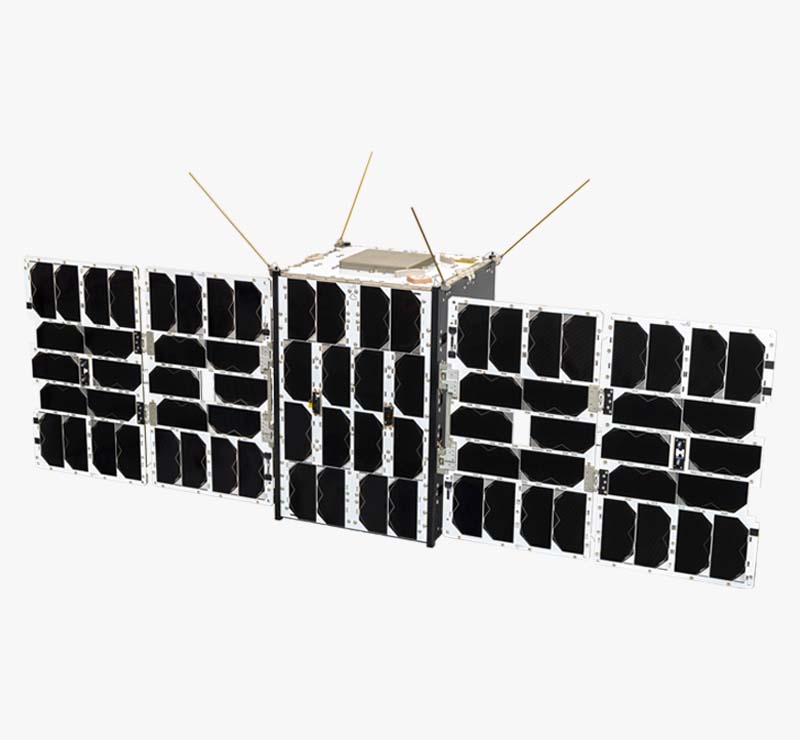
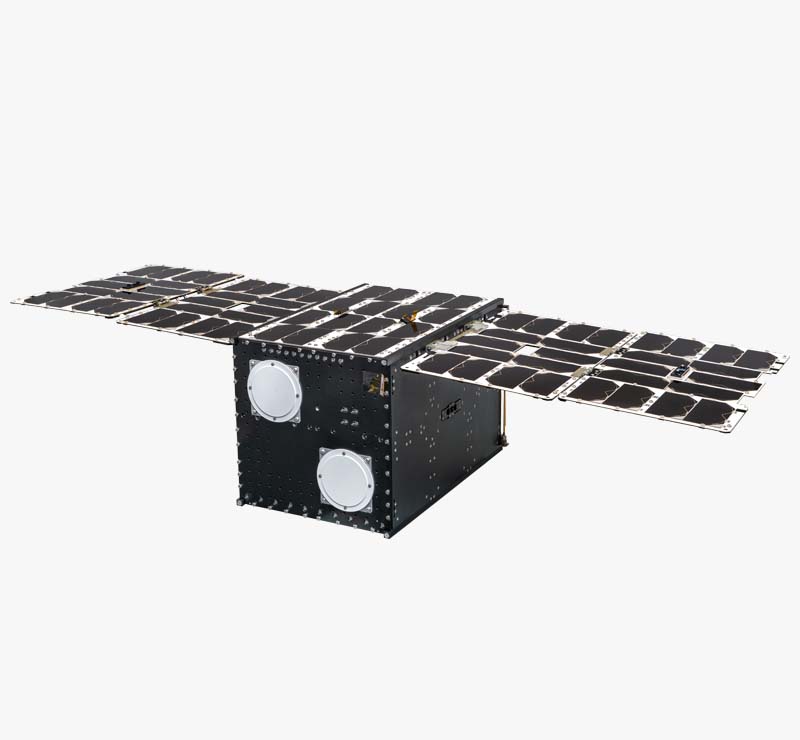
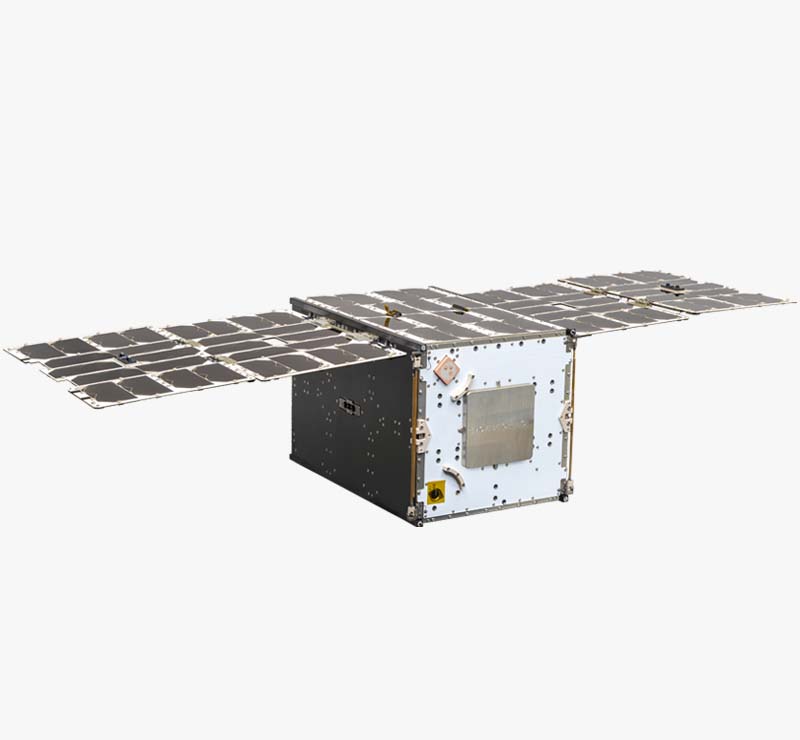
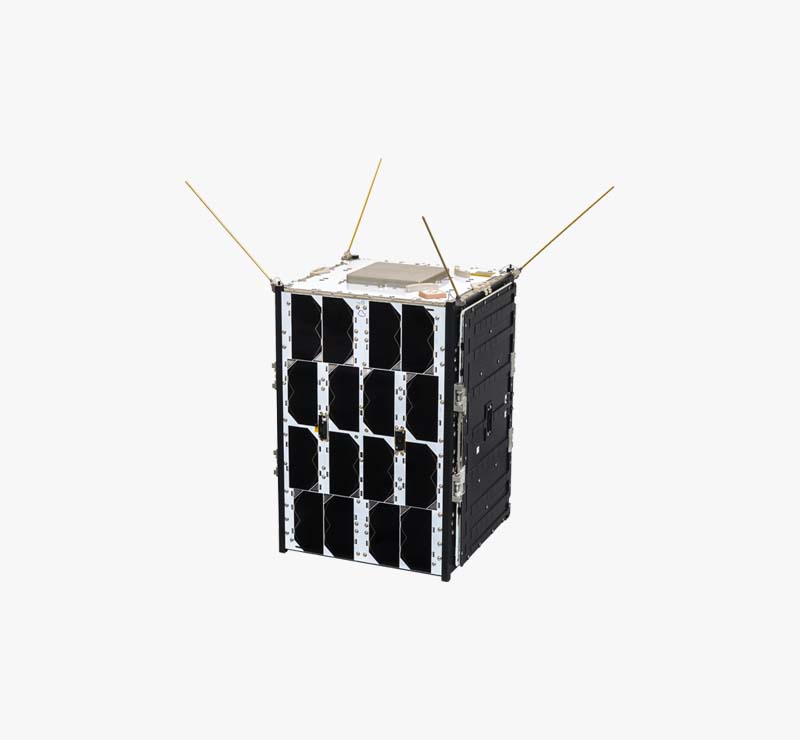
Get Access to NanoAvionics Product Catalog with Tech Specs
NanoAvionics offers three M12P nanosatellite standard performance configurations – Light, Mid, and Max – providing options that best match customers’ payload, mission objectives, and budget.
The proven and robust setup is designed to reduce development time and costs, with an optimized 12U platform that requires minimal flight readiness and flight acceptance in order to finalize for launch.
The M12P’s standardized configuration is also provided with sample mission code pre-installed. This enables a faster setup, simpler payload integration, and the ability to run system diagnostics immediately, in order to accelerate mission development. The platforms are suitable for a wide range of applications in areas such as:
M12P satellites support a variety of common data interfaces and feature a fail-safe design that can keep the satellite fully operational in the event of hardware malfunction. The systems are equally well-suited for use in single-satellite missions or as the standardized platform for an entire constellation.
The M12P bus is equipped with a propulsion system capable of performing high-impulse maneuvers (such as orbit synchronization, orbital deployment and maintenance, or atmospheric drag compensation). Such operational versatility can extend satellite lifetime and open up new mission concepts.
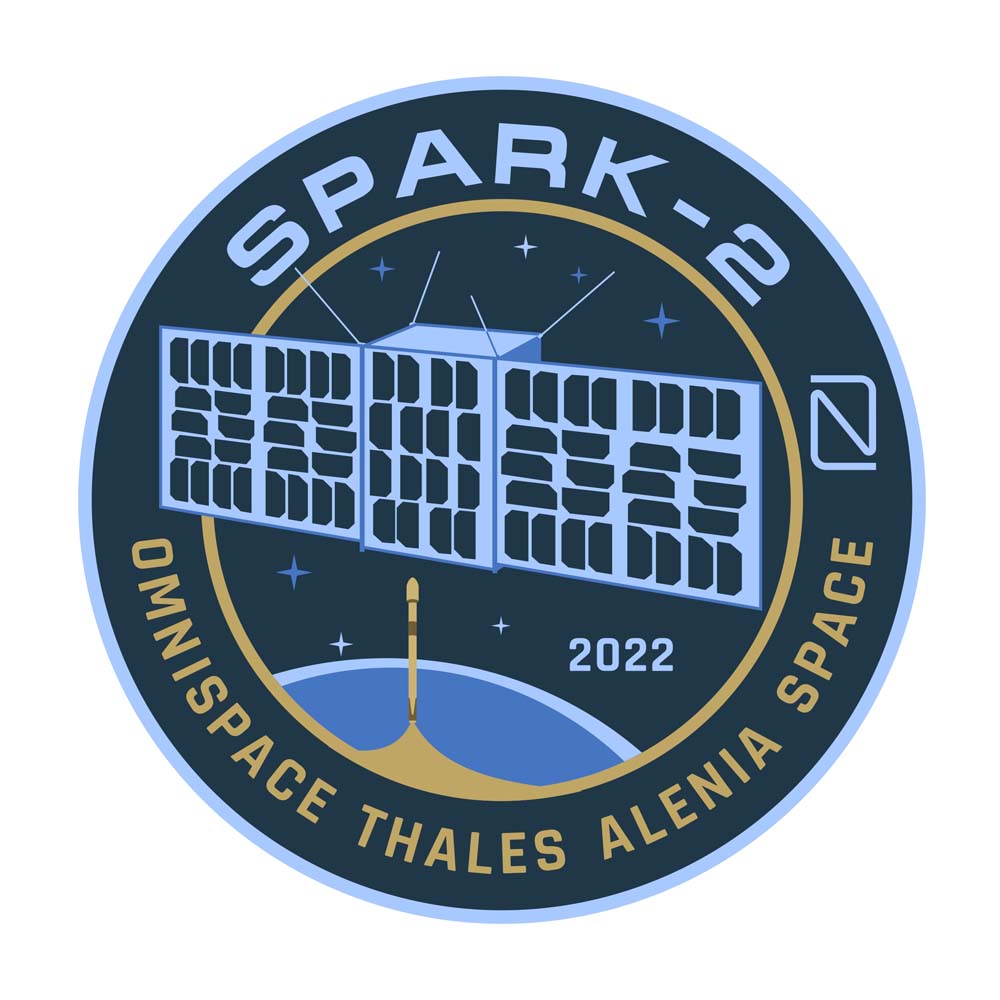
Client name
Omnispace & Thales Alenia SpaceLaunch date
2022 05 25The 12U Omnispace and Thales Alenia Space communications satellite named Spark-2 is an addition to their identical Spark-1 satellite that launched aboard the SpaceX Transporter-4 mission in April, 2022. The satellite was build for Omnispace’s satellite-based Internet of Things (IoT) infrastructure.
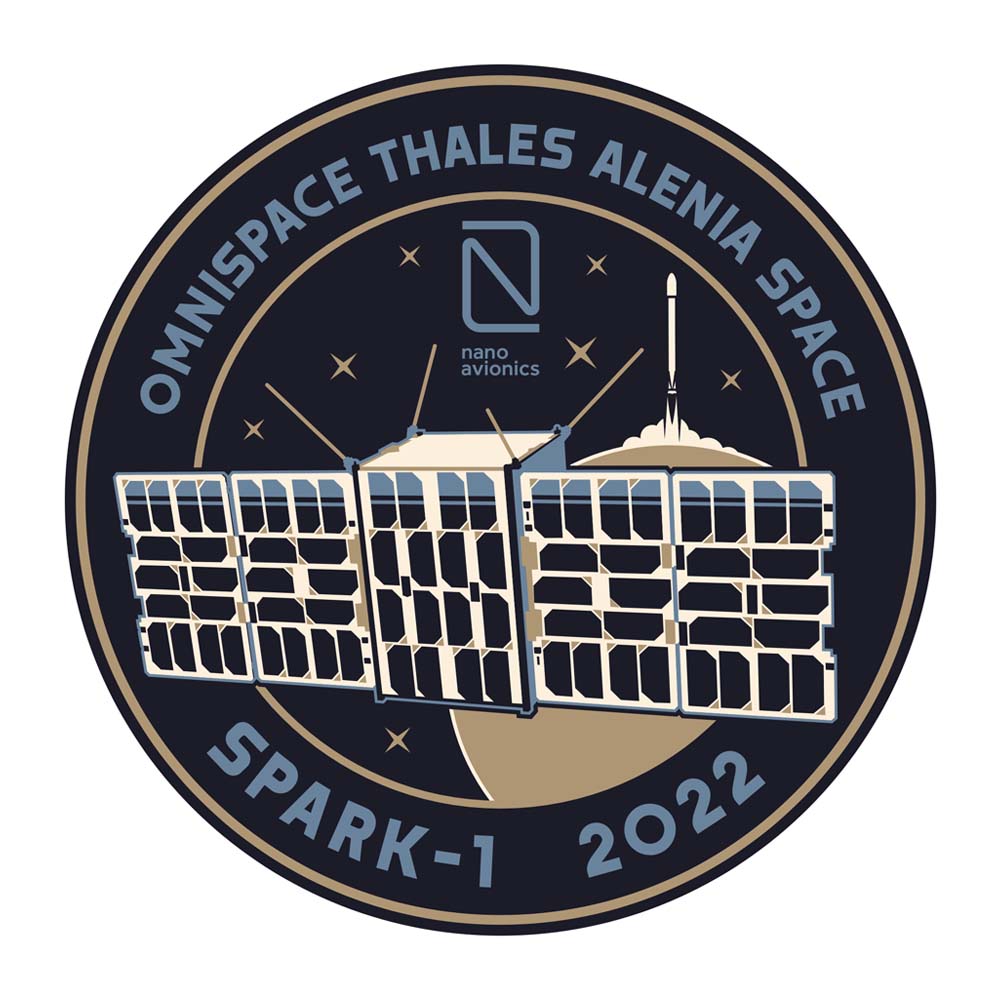
Client name
Omnispace & Thales Alenia SpaceLaunch date
2022 04 01NanoAvionics was contracted by Thales Alenia Space to build the initial two satellite buses for Omnispace’s satellite-based Internet of Things (IoT) infrastructure. Omnispace is reinventing mobile communications by delivering the world’s first global hybrid 5G non-terrestrial network based on 3GPP standards. These initial satellites, for operation in non-geostationary orbit (NGSO), will support the development and implementation of Omnispace’s global hybrid network. Spark-1 is the first satellite built & launched for Omnispace & Thales Alenia Space.
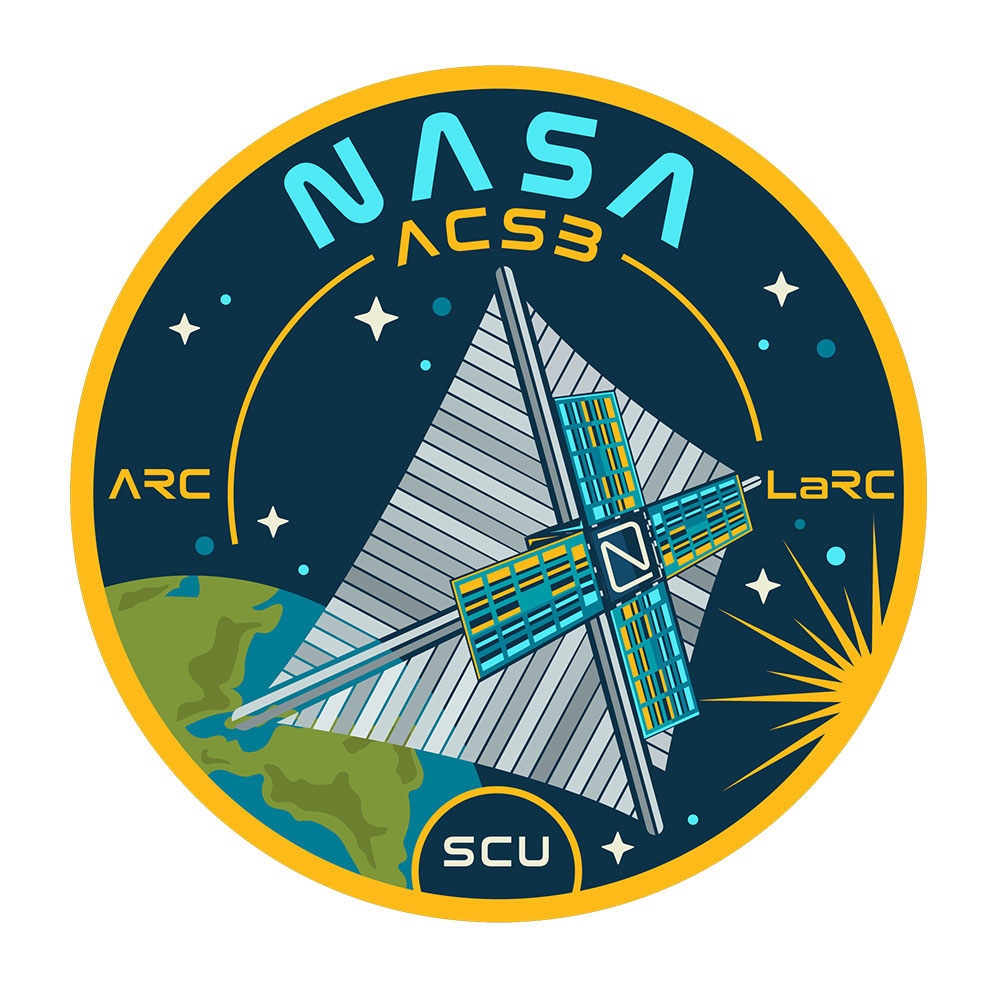
Client name
NASALaunch date
2023NanoAvionics was selected to build a 12U nanosatellite bus for an in-orbit demonstration of NASA’s Advanced Composite Solar Sail System (ACS3). The aim of the ACS3 mission is to replace conventional rocket propellants by developing and testing solar sails using sunlight beams to thrust the nanosatellite. These solar sail propulsion systems are designed for future small interplanetary spacecraft destined for low-cost deep-space and science missions requiring long-duration, low-thrust propulsion.
As part of this project, NanoAvionics also supplied a mechanical testbed model and a FlatSat model. In addition, a team of NanoAvionics engineers have been providing the support required for testing, integration, and operations of the nanosatellite.